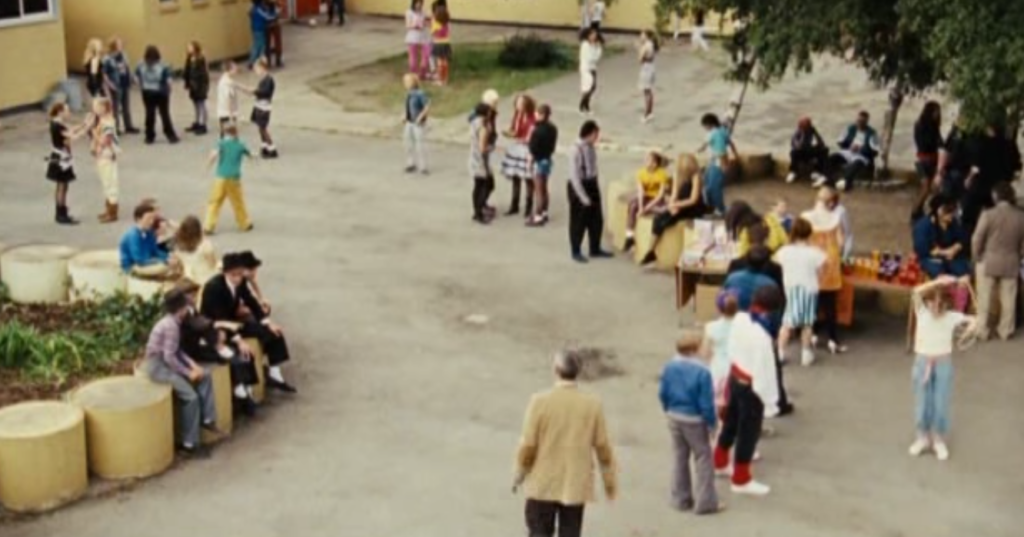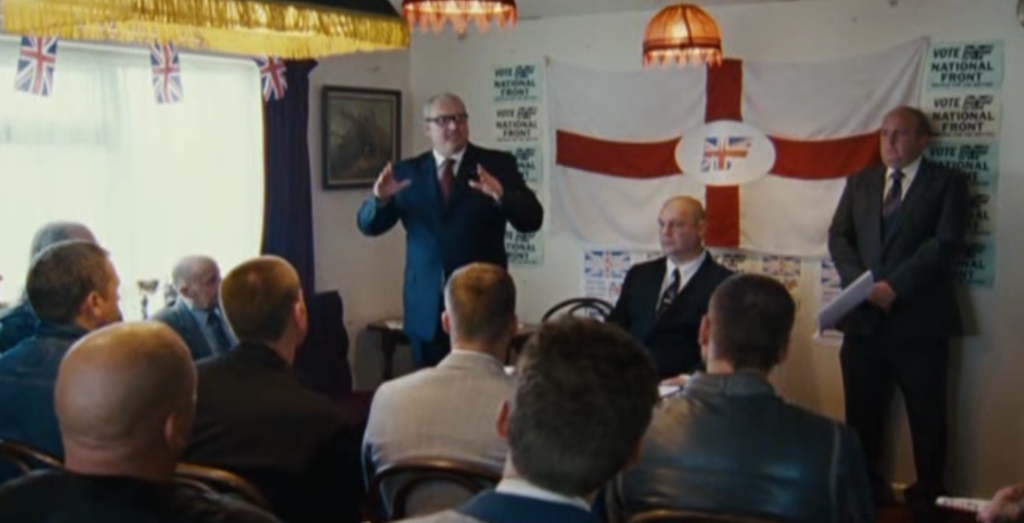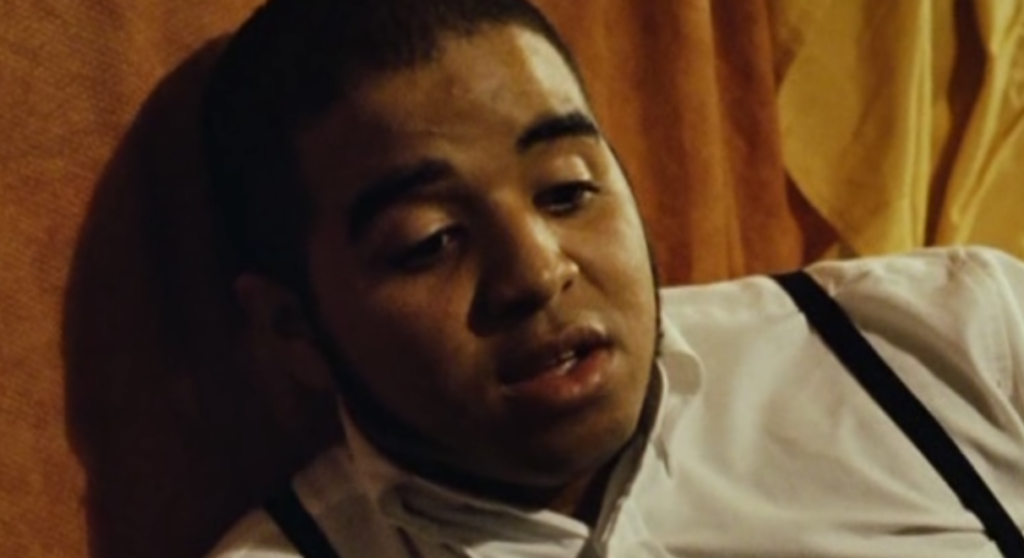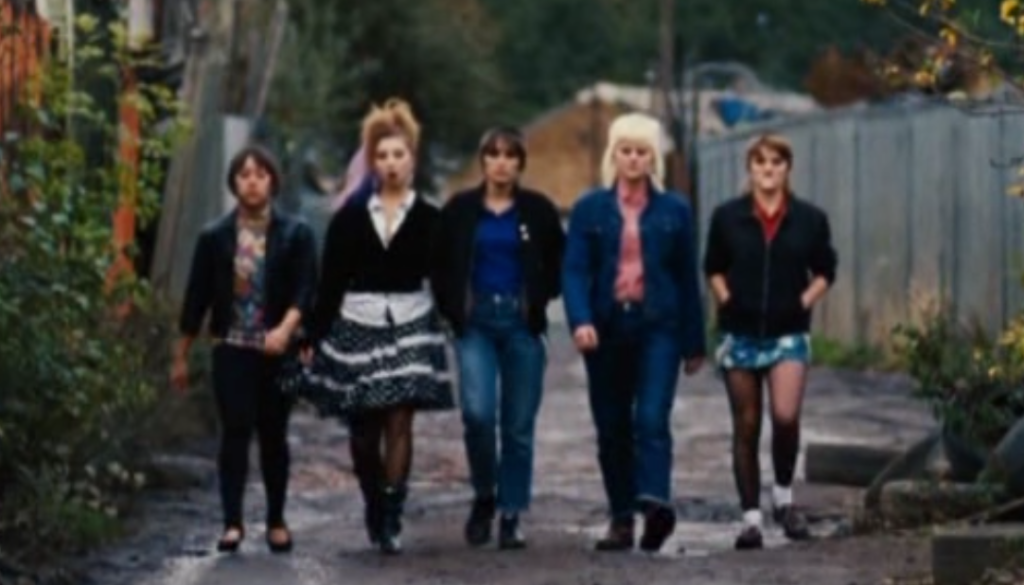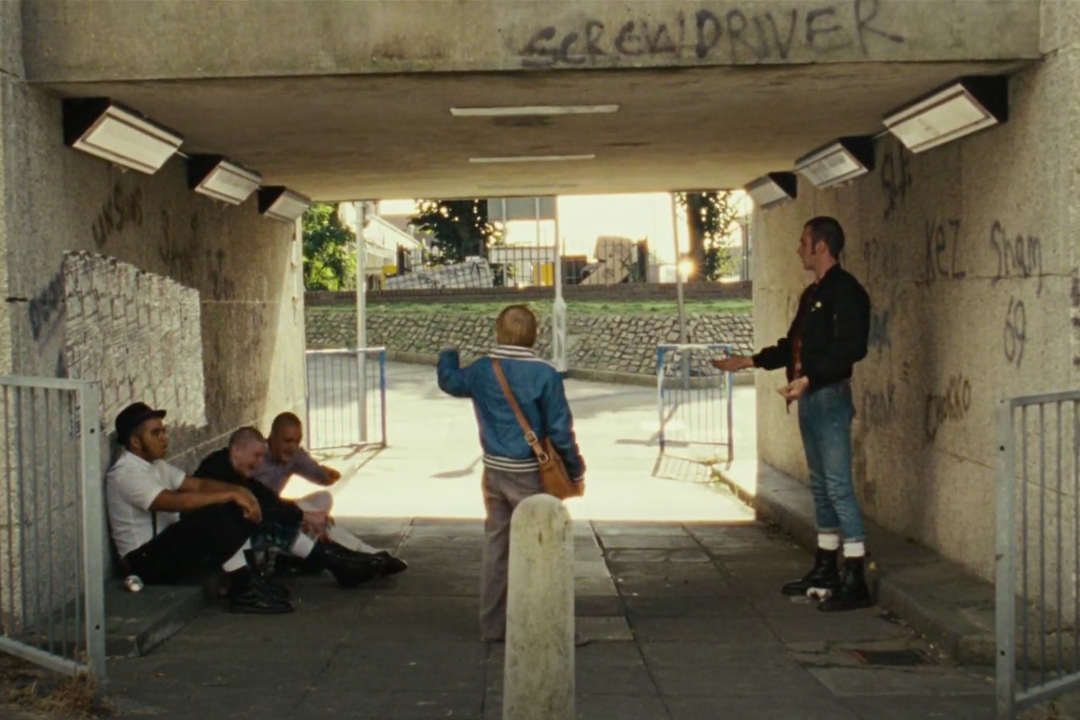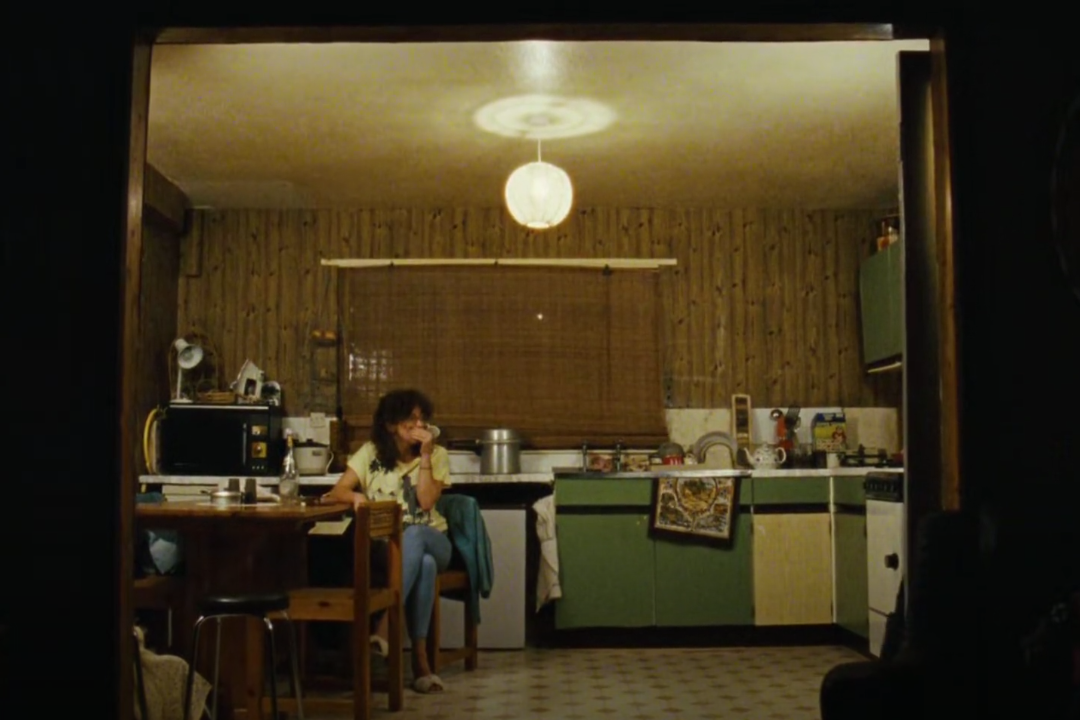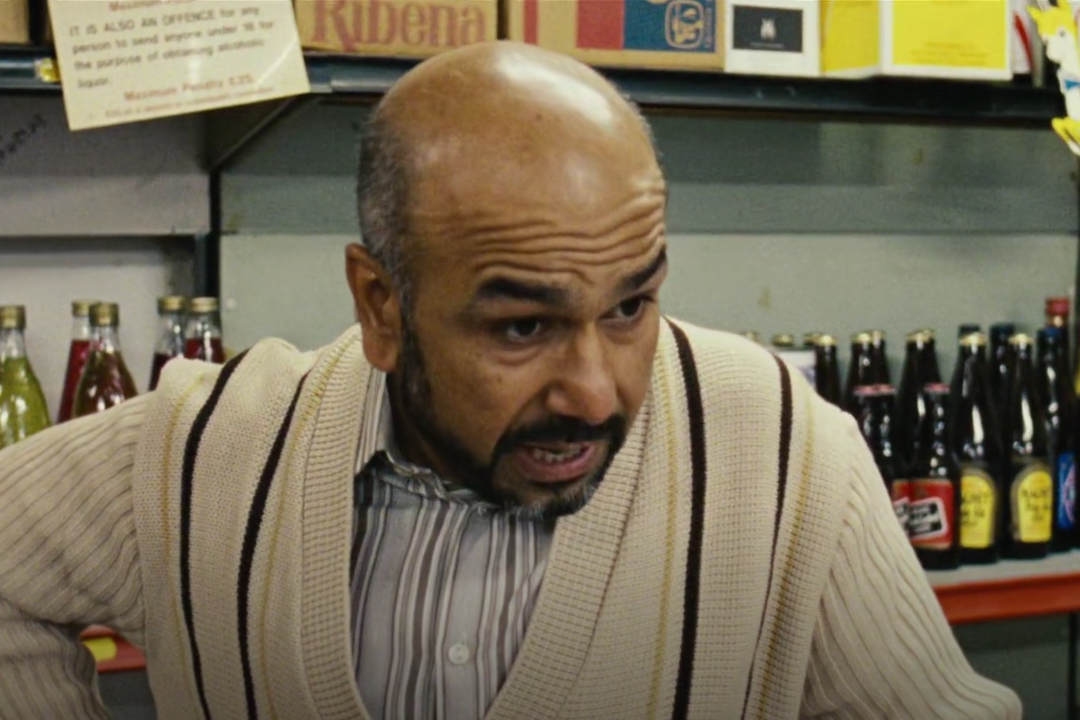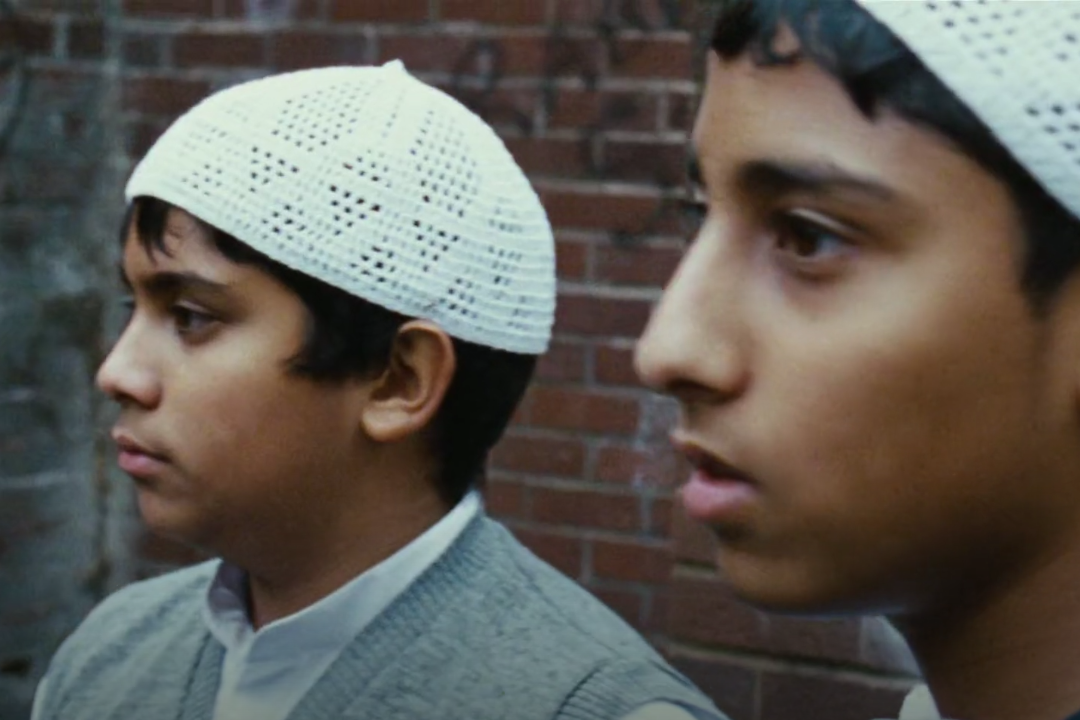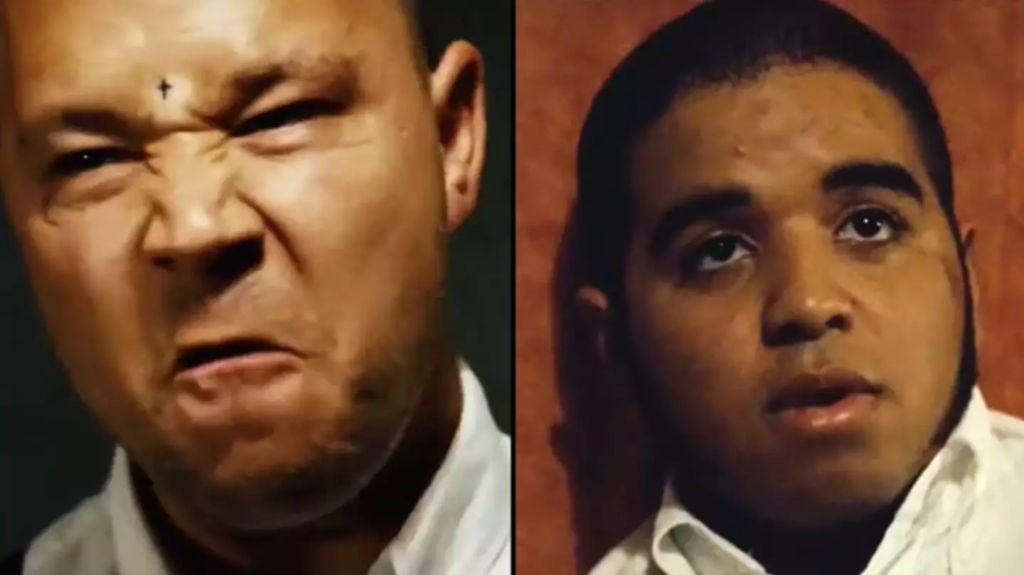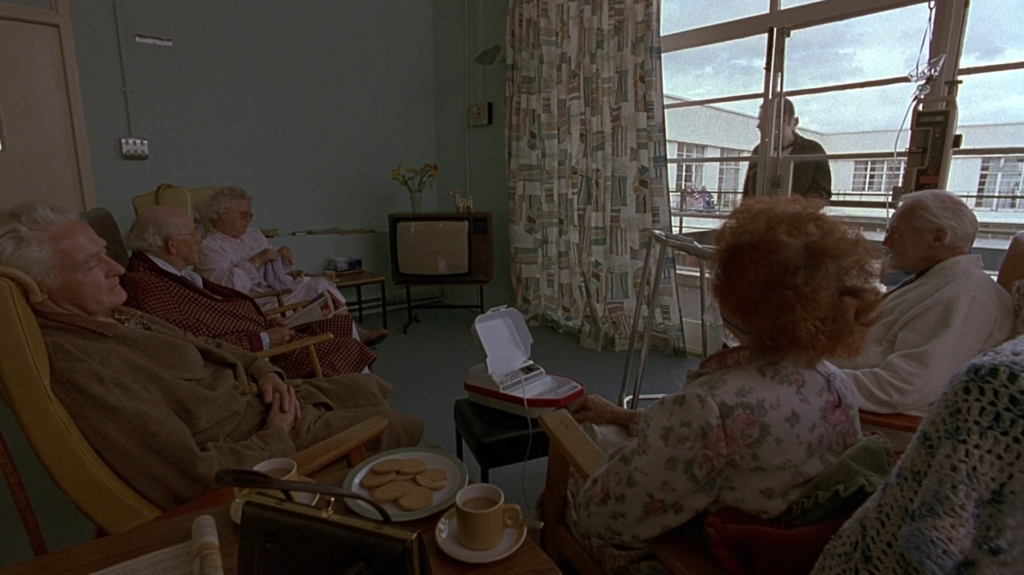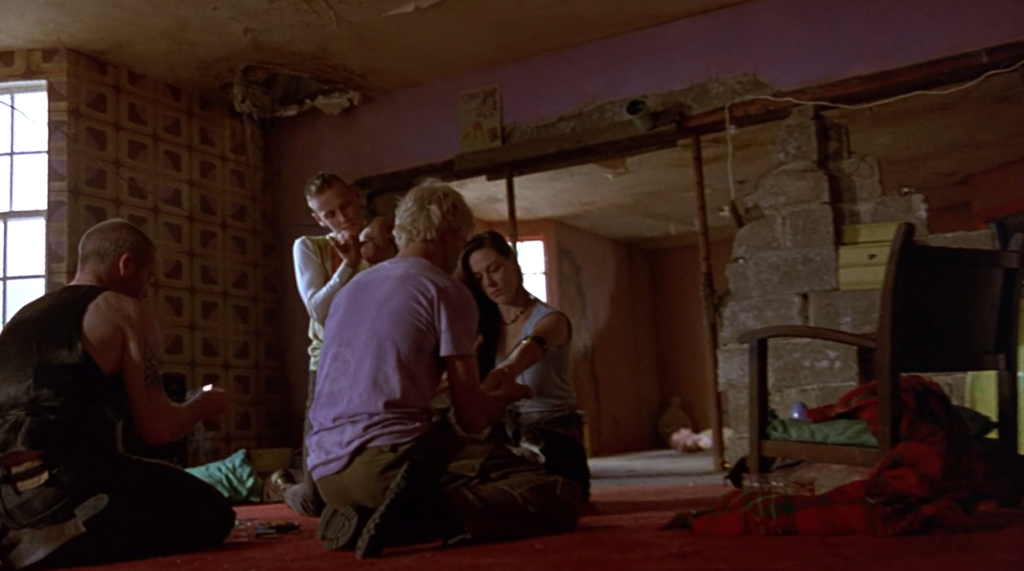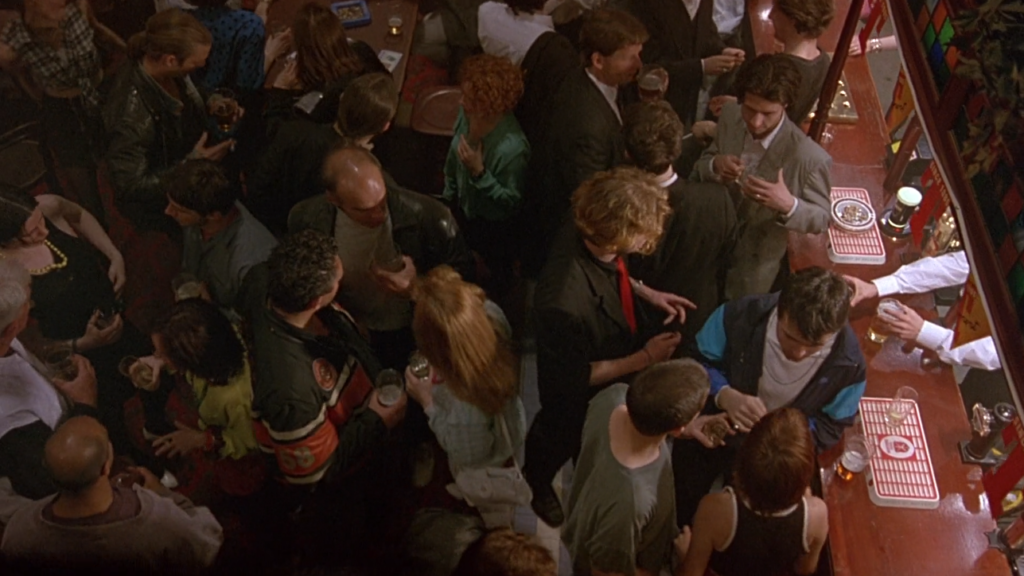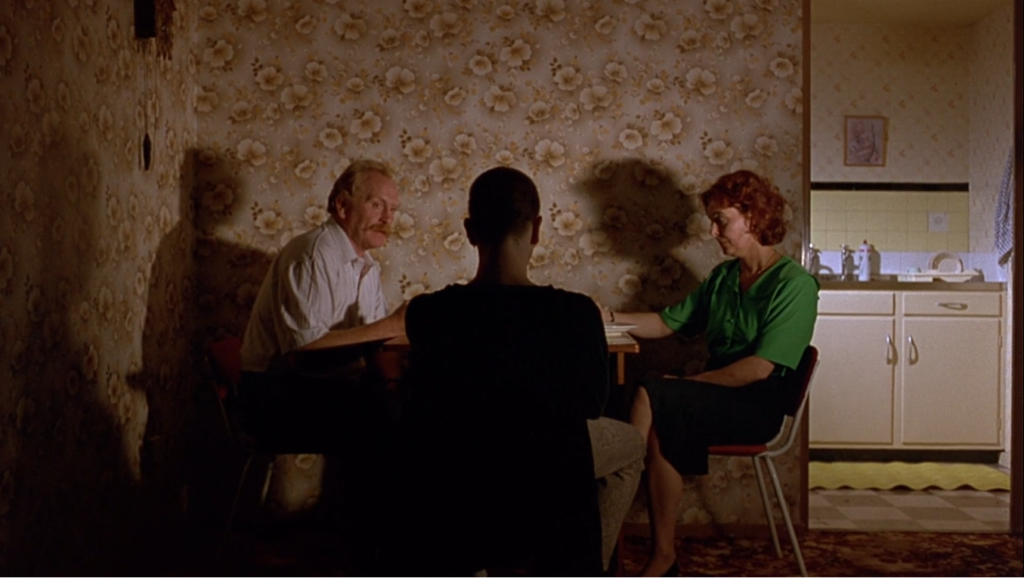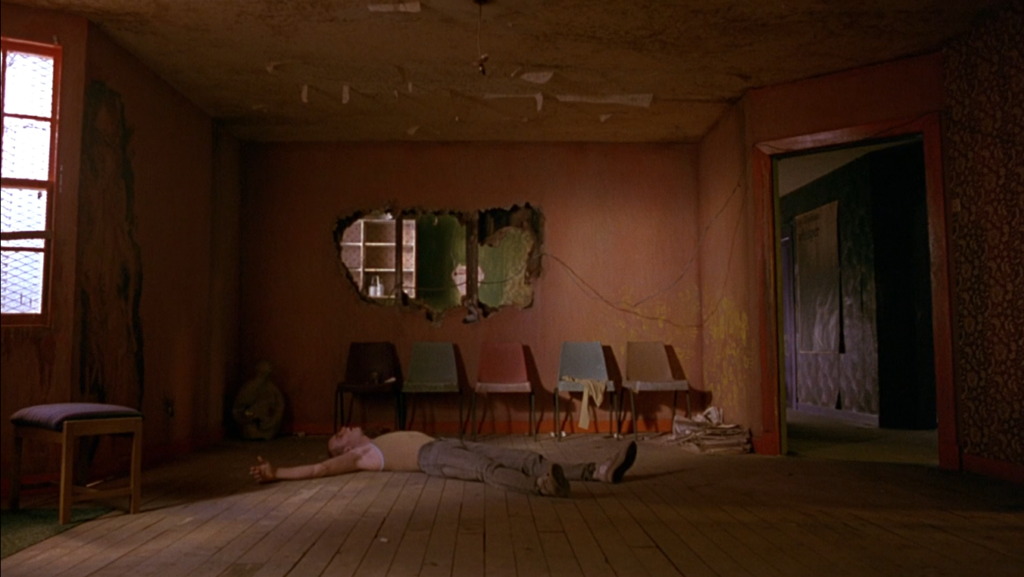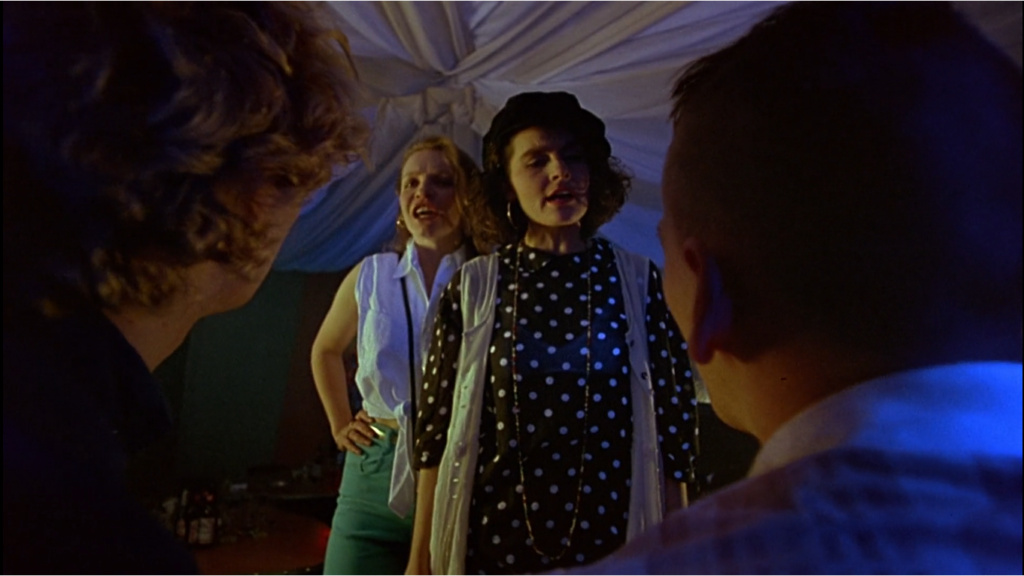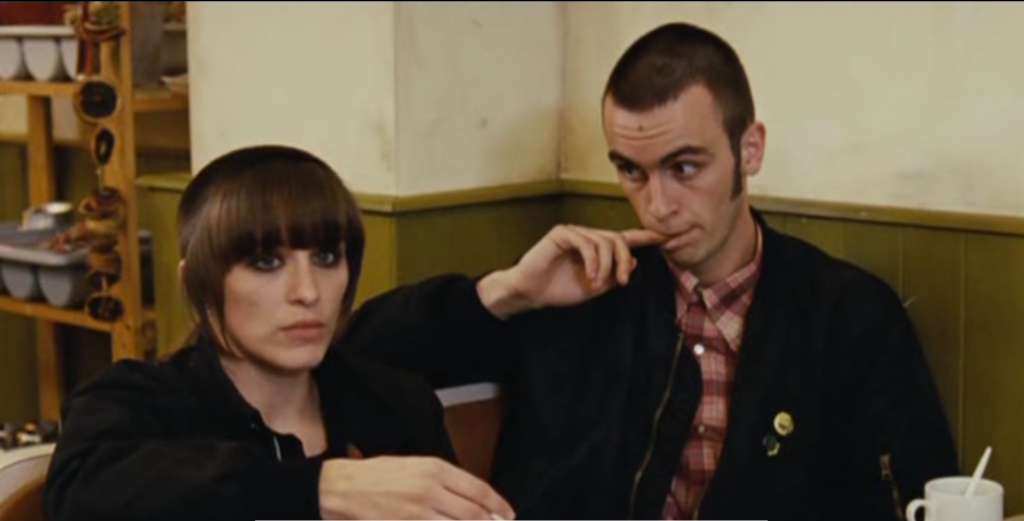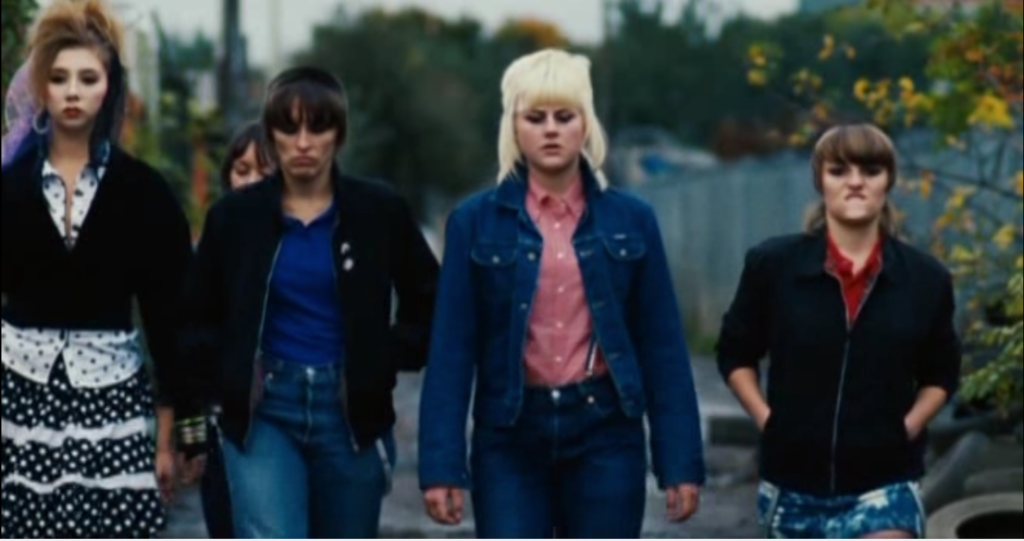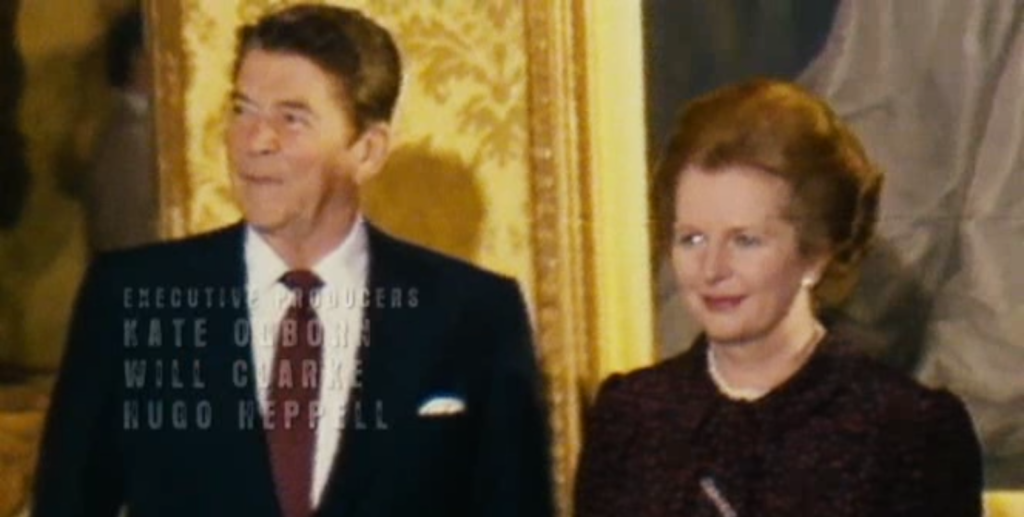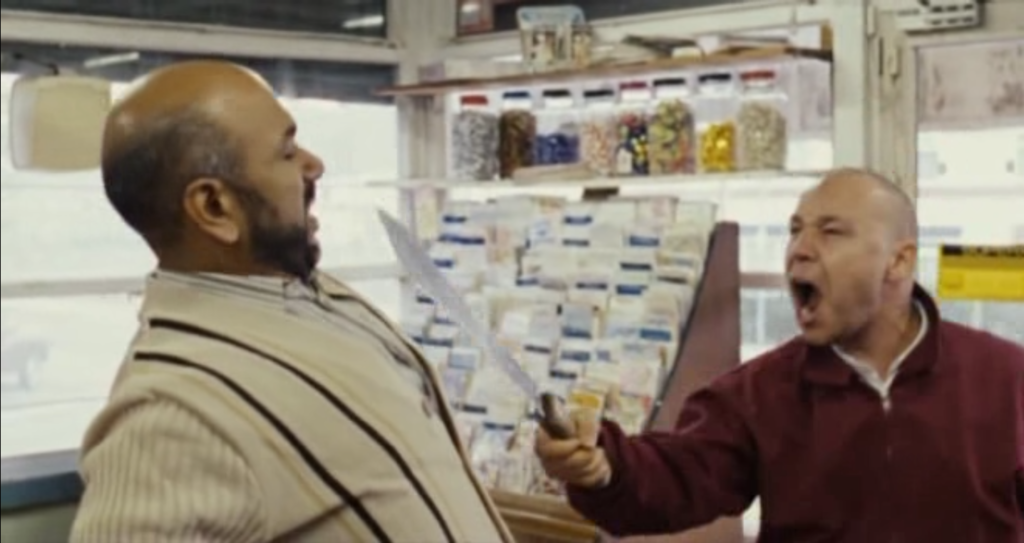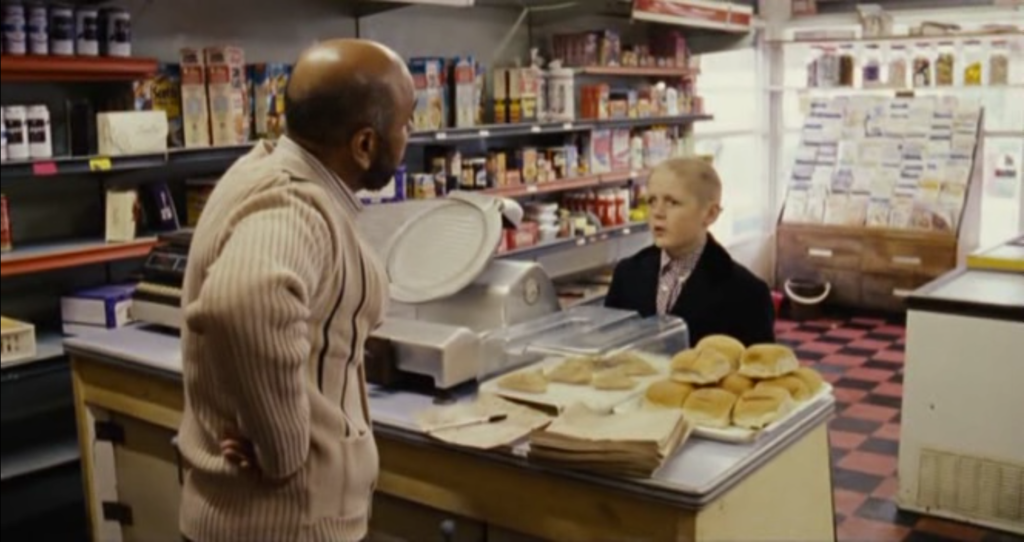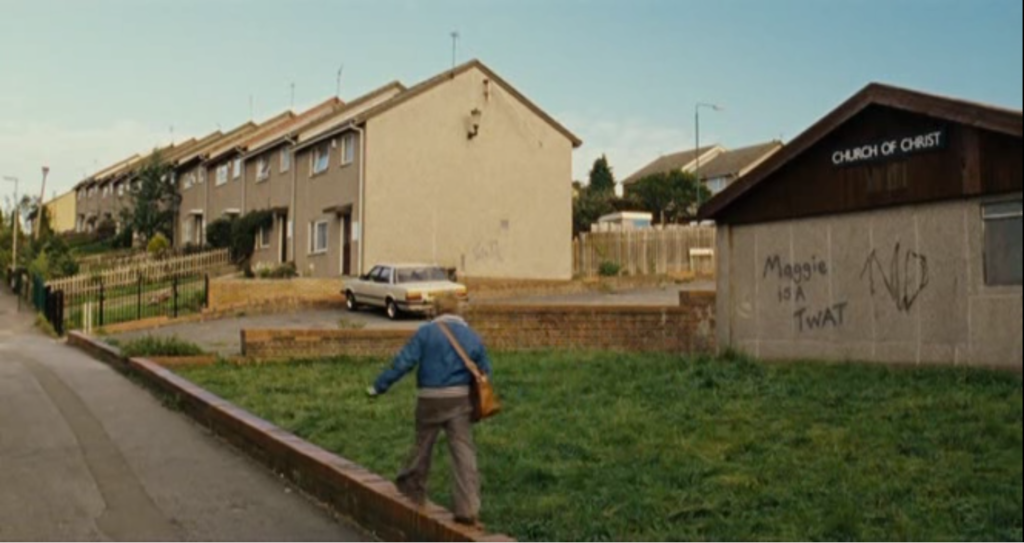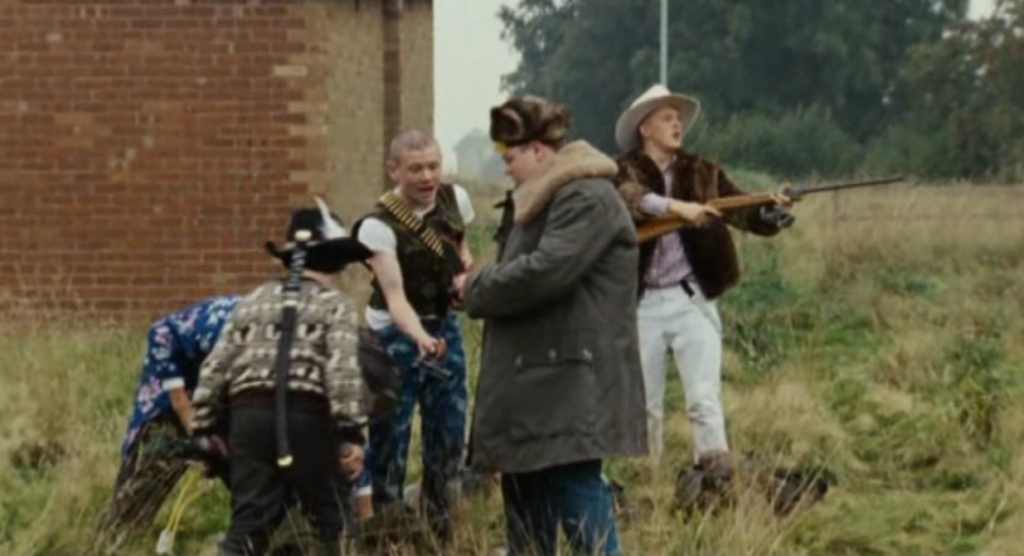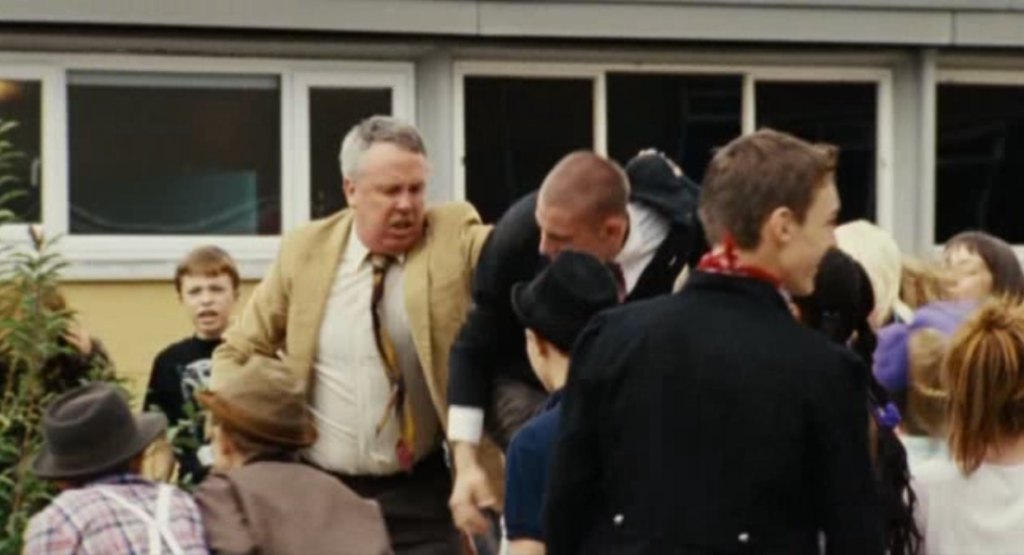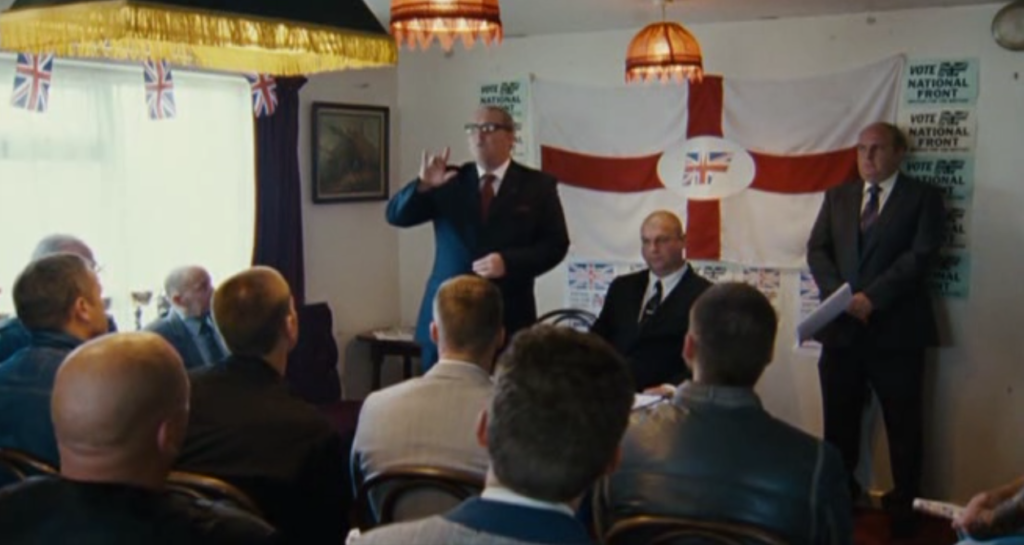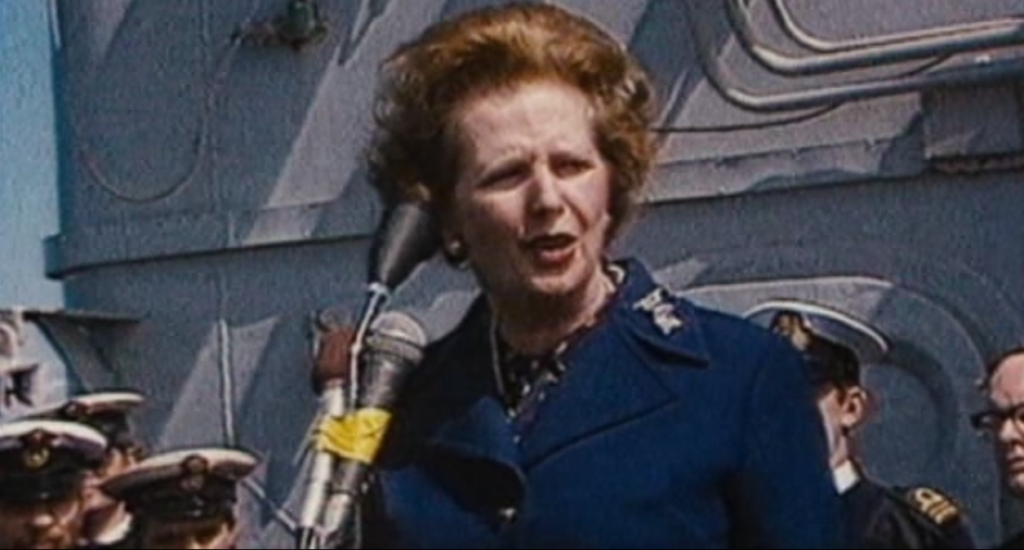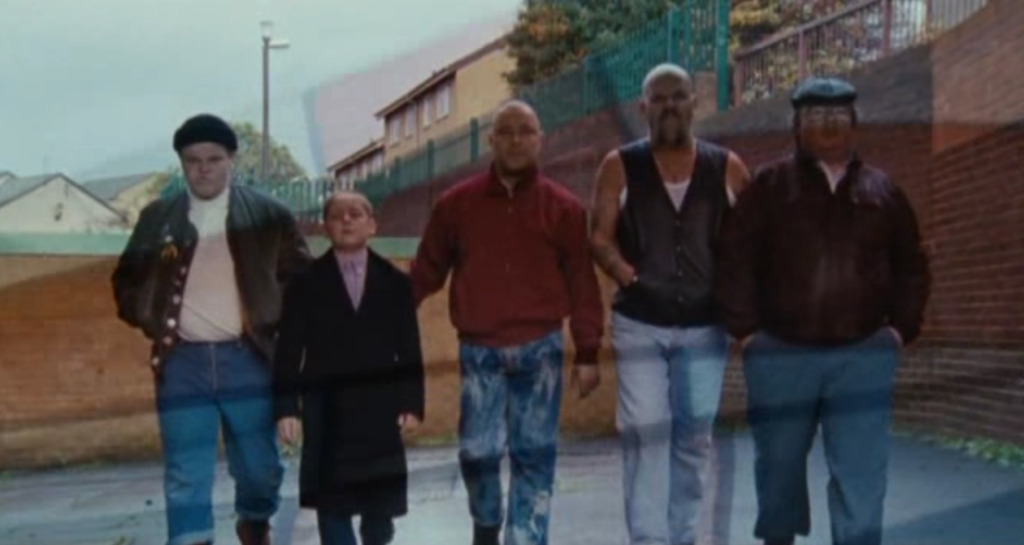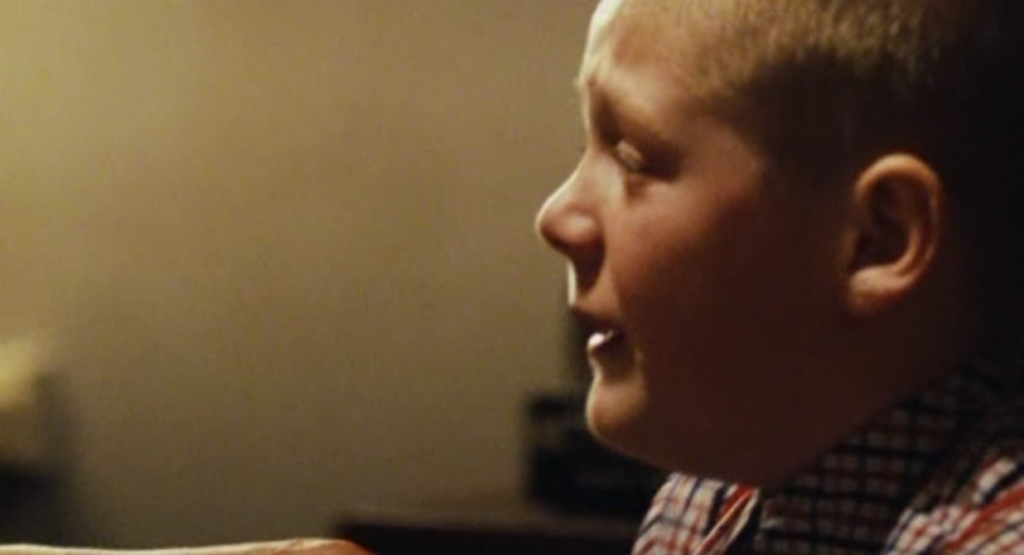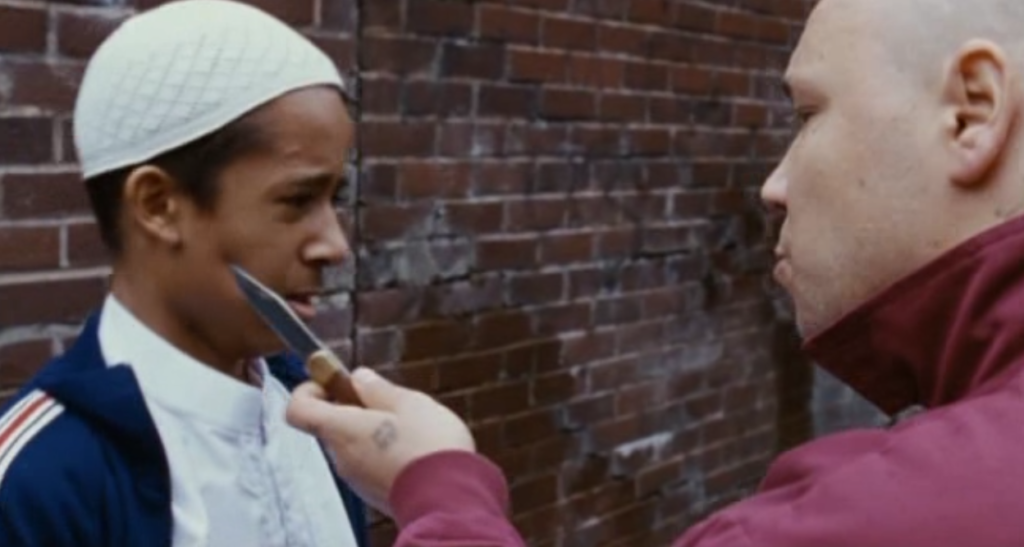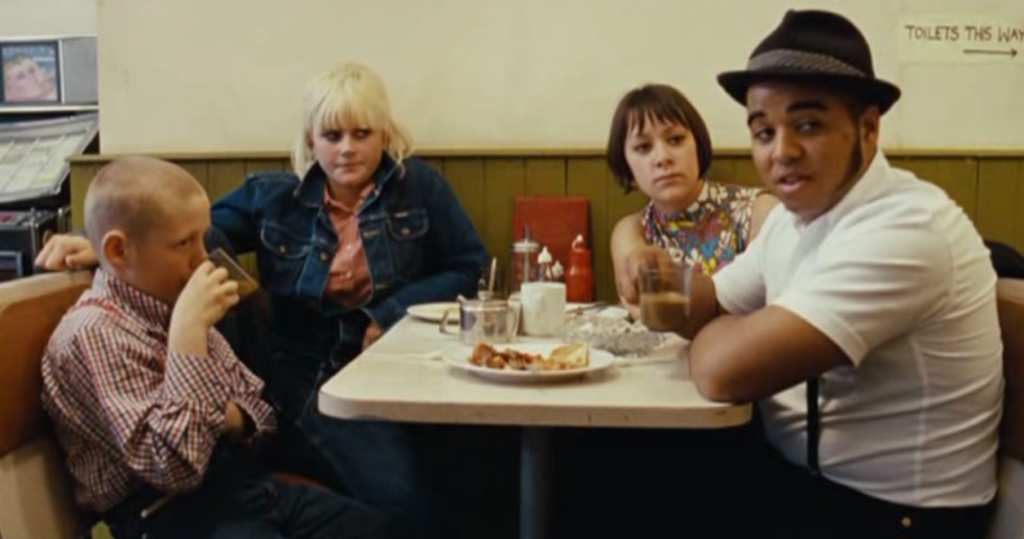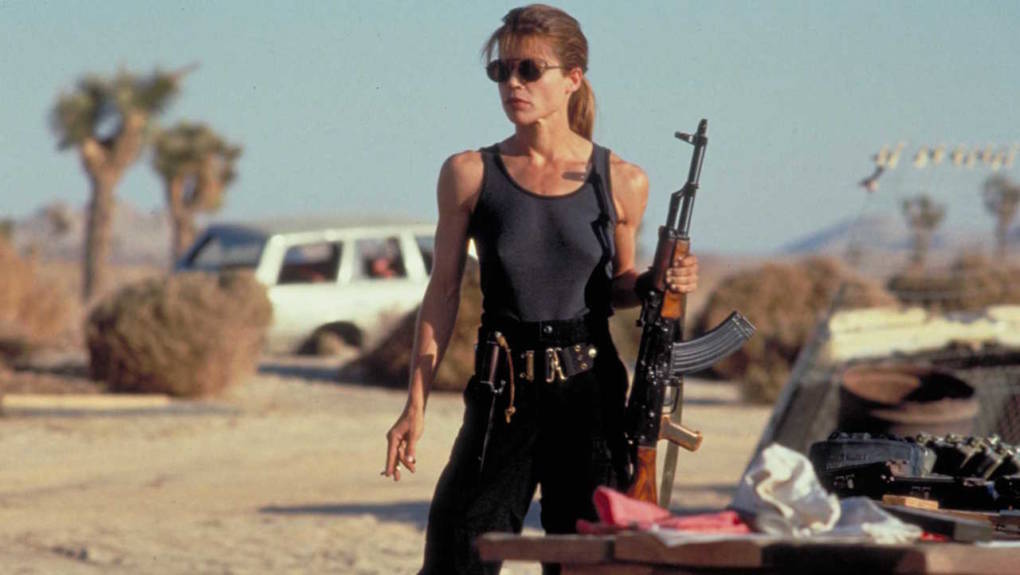| Pans Labyrinth Del Toro 2006 | Critical score 7/10 I enjoyed the plot being that a princess was lost in the human world and had to venture through un-human things to return home. I also like the cinematics of the unworldly creatures and how realistic they looked for unrealistic characters. I didn’t like certain parts like the in the tree scene since it felt off and didn’t match the pace of the movie | Memorable scene My favourite scene was when Ophelia first goes down the labyrinth and meets the faun, this is my favourite scene because it’s an impressive way of using CGI to create unrealistic models. It also sets the scene for the rest of the movie. |
Your notes:
- 10 things that the viewer knows in the 1st 10 mins.
Theres another world not like earth
A princess ran away into the human world
The ran away princess died
The main characters name is Ophelia
The mother is pregnant
They’re apart of the captain’s family
Ophelia isn’t the biological child of the captain
They’re traveling through the woods to get to a mill
Theres a labyrinth next to the mill
Spain is in a War and opheilas dad died in the war
- Cinematic breakdown of the 1st 3 mins.
The camera starts by pushing in towards Ophelia lying of the floor then it tilts which leads to a canted angle and zooms into her face and into her eyes. This leads to a zoomed out shot of the other kingdom and a pan right tracking the princess running up the stairs into the human world. The camera then looks up directly into the sun where it transitions into an abandoned ancient building, this is where the camera pans right revealing the skeleton of the lost princess. After that there’s a fade transition into the captain cars where Ophelia and her mum are. This is all done very smoothly and no noticeable cuts.
Micro-elements:
- Sound
The Sound Design of the effects that accompany the violence is very realistic. This is most likely enhanced in post-production by Foley artists. As parts of this film fit a horror genre this adds to the horror and emotional impact of those violent actions on the viewer. There is also a music motif in the Lullaby that is sung to Ofelia. It can be diegetic when sung by an on-screen characters (the Mother or Mercedes) but it becomes the theme tune for the film taking on a number of different musical forms (orchestral) adding to the suspense in places or the emotional state of Ofelia (rather like the ‘Time Goes By’ tune is manipulated in ‘Casablanca’.)
- Cinematography
The Cinematography in Pan’s Labyrinth is very smooth and intricate. Theres a lot of different uses of camera angle which adds to the confusing and complicated nature of te film. For example, when we first see the Faun in the labyrinth it’s a close up shot of his fac which highlights how superhuman creatures are. Theres also a use of a long shot at the end of the movie when Ophelia has returned to being the princess. The long shot shows the room she is in and adds to the supernatural atmosphere
- Mise-en-scene
The use of costuming plays a big role in the movie. All the soldiers at the captain are often seen in their uniforms, although we don’t know most of the characters’ names, we still know roughly who they are based on their appearance. This is also the same for the soldiers on the communist side that hide in the woods; they all wear similar clothing, much poorer than the captain and has an army. In the tree scene the set design showcases how Del toro was known for his Cgi. The toad in the tree looked realistic in proportion to a typical frog but still had a supernatural vibe to it.
- Editing
I think the editing in this movie added a lot to the supernatural aspect. For example, I think the transitions and the cuts between each scene made the film feel almost real especially since it was natural editing for the most part.
Representation (Gender)
How are men and women represented differently and how does this position the viewer?
Ofelia – daughter of Carmen: Starts of by being mistreated by the captain when she offers to shake his hands and instead, he grabs her wrist and tells her she wrong. Shes often neglected by everyone including her mum (other than Mercedes) and isn’t seen as much of a help of concern since she’s a woman. Shes also only acknowledged by people when she is wearing a pretty dress which only adds to the women are too be seen and not heard.
Carmen – heavily pregnant ‘new’ wife of the captain: she is only seen as a baby maker for the captain and other than the baby (son) Carmen herself has no real use to the men. She is also not listened too; this is shown when she says she doesn’t need a wheelchair but is forced to anyways since a man told her too.
Captain Vidal – Soldier in Franco’s Army: he is stereotypically hyper masculine with a power complex because he is the head man. He has no care or respect for women and this is shown wen he says ‘what will she do she’s just a woman’ to Mercedes after he’s taken her captive. He also treats woman like baby makers or cleaners which is why he has no women working under him as soldiers or anything other than cooks or cleaners.
Mercedes – housekeeper: Alpough she has some stereotypical woman traits such as being a mother figure to Ophelia Shes also much stronger than the stereotypical woman. This is shown when she runs away from the captain and his army to save her rother and kills the captain at the end showing how she’s not going to be a victim to his sexism.
The King and Queen of the Underworld – In the final scene where we see them, the queen of the underworld is seen as sitting lower down that the king, this shows that even in the underworld
Aesthetics
What is the ‘look of the film’? How has this been achieved?
Consider colour palette / music, realism v fantasy, magic realism (find out what this means in literature), Lighting.
The film has creatures that are being generated by artists a costume designer. Del Toro was very specific by saying he doesn’t want any seen before creatures he wants pure originality. Thye use animatronics and puppets to create different forms of movements in the charterers. For example, the ears of the faun are animatronic, and the Root had metal rods controlling it. Alot of the effects were added or some thigs were removed postproduction in editing such as the frog that couldn’t move in real life but was made livelier postproduction.
History and Social Contexts
During when the film is set, it’s during the remanence of the Spanish civil war between the communists and nationalists. The nationalists won the war in 1939.
The way society was represented in the movie was accurate, this is shown during the take scene when the captain invited over guests and the persist of the church while talking about how poor the people of Spain were because of the war. The irony here is that they were eating a feast while everyone else was starving.
Watch video embedded into last slide on powerpoint (in RED)
Instiutional context
This movie is a Spanish film even though del toro is Mexican. Del Toro put most of the money into himself which makes this a passion project. When bigger investors / studios get involved, they get more of a say over Del which he didn’t want.
BUDGET $19M
BOX OFFICE TAKE $83M
Won 3 Oscars in cinematography
